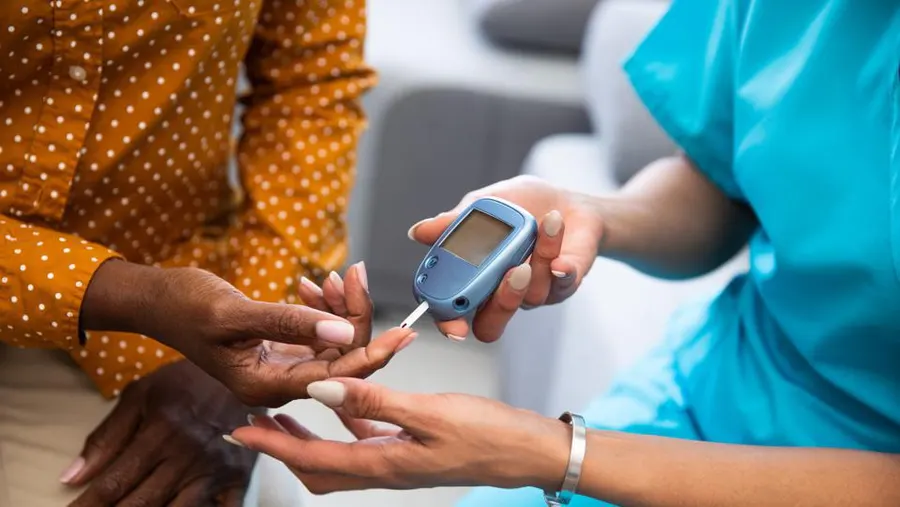Living with diabetes presents a daily challenge of managing blood sugar levels to maintain health and well-being. Integral to this management is consistently monitoring glucose levels through various testing methods. Understanding the array of diabetes tests available empowers individuals to take charge of their health journey effectively and easily. From routine blood glucose monitoring to specialized diagnostic ones, each plays a crucial role in guiding treatment and lifestyle decisions. Additionally, having a diabetic profile test list provides a comprehensive overview of an individual's metabolic health, aiding in tailored treatment plans and proactive management strategies. So, delve into the diverse range of assessments and their significance in managing this chronic condition.

Blood glucose monitoring is quite a fundamental aspect of managing diabetes. This assessment measures glucose concentration in the blood at a specific moment. Typically, individuals prick their fingers to obtain a small blood sample, which is placed on a strip and inserted into a meter. This method provides immediate results, allowing individuals to adjust their medication or lifestyle as needed quickly. This convenience makes this assessment a priority when making a diabetic profile test list.
The Haemoglobin A1C, also known as the glycated hemoglobin assessment, is an essential diagnostic tool that provides a broader, more comprehensive picture of an individual's blood sugar levels over a significant period. Unlike the one mentioned earlier, which reflects current levels, this tool helps measure the average sugar levels over the past two to three months, offering a valuable retrospective analysis. This assessment is particularly valuable for assessing long-term management, monitoring how well treatment plans are working, and helping adjust treatment strategies based on patient-specific needs.
The Oral Glucose Tolerance Test (OGTT) is quite commonly used to diagnose gestational and type 2 diabetes. During this assessment, individuals fast overnight and then consume a sugary drink containing a standardized amount of sugar. Blood samples are taken before and after drinking the solution to measure how the body processes sugars. The OGTT provides insights into how effectively the body regulates blood sugar levels after consuming carbohydrates.
The Fasting Plasma Glucose (FPG) test measures blood sugar levels after an overnight fast, providing information about fasting sugar levels. Individuals must abstain from eating or drinking (except water) for at least eight hours before the assessment. It is usually used to diagnose prediabetes and diabetes. Elevated fasting sugar levels may indicate impaired glucose metabolism, warranting further evaluation and management.
The Random Plasma Glucose test, also known as the casual plasma glucose assessment, measures blood sugar levels at any given time of the day, regardless of when the individual last ate, and should be on your radar when preparing a diabetic profile test list. Unlike the FPG assessment, this option does not require fasting. However, the results may generally vary depending on factors such as recent meals and physical activity. Although more precise than fasting assessments, random plasma glucose ones can provide valuable information about blood sugar levels.
Regular monitoring and assessment are essential components of managing diabetes effectively. By understanding the different types of diabetes assessments available, individuals can take proactive steps to monitor their blood sugar levels and make better decisions about their health. Whether it's through blood glucose monitoring, hemoglobin A1C testing, or other diagnostic tools like OGTT and FPG, each option offers unique insights into diabetes management. By working closely with doctors and staying proactive about assessments, individuals with diabetes can maintain better control over their condition and lead healthier lives.